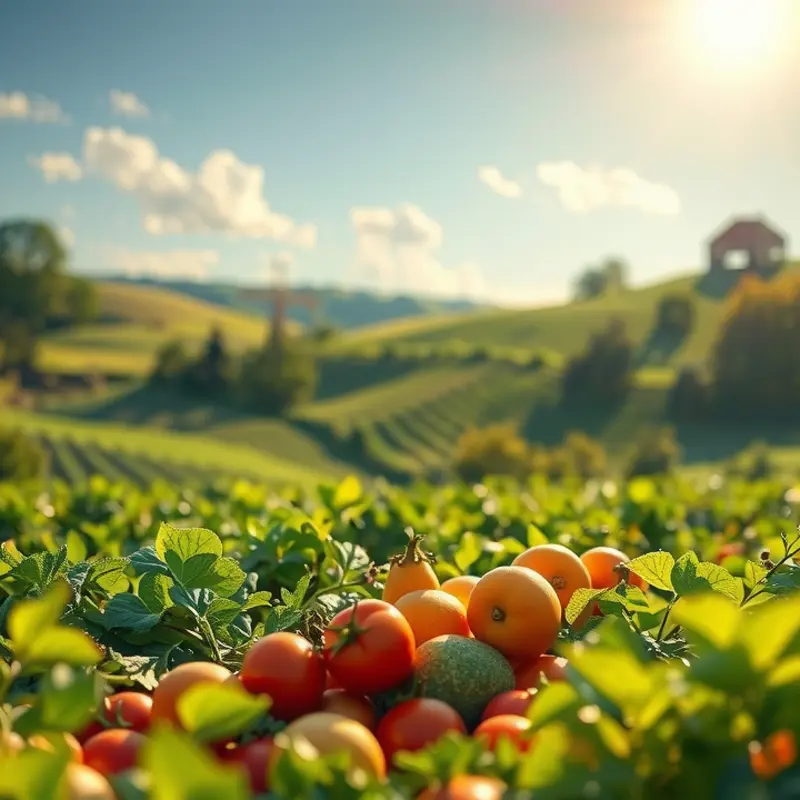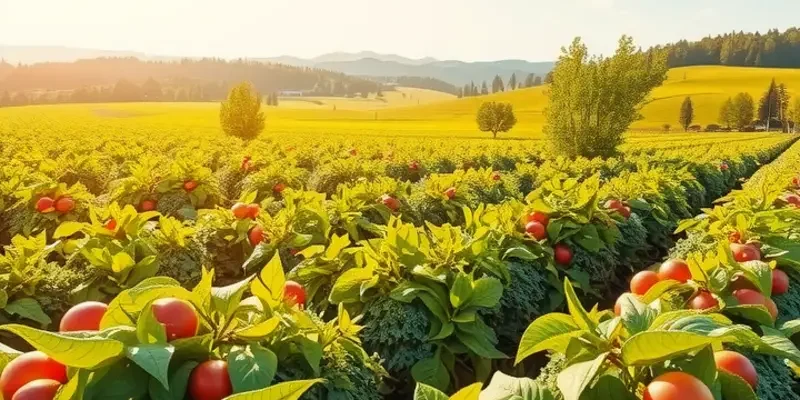Soups serve as more than just warm meals; they are heartfelt traditions steeped in culture, symbolism, and shared experiences. Each country boasts its unique soup that tells an intricate story of its people, history, and landscapes. From the spicy tom yum of Thailand to the warming borscht of Eastern Europe, these national dishes embody flavors that capture the spirit and essence of their regions. Join us as we explore a selection of iconic soup dishes that invite you to experience the captivating culinary traditions of the world.
The Importance of Soup in Cultural Heritage

Soup, a humble yet profound culinary creation, weaves its way through the tapestry of cultural heritage worldwide. It serves not merely as sustenance but as a narrative reflecting history, geography, and tradition. Across diverse cultures, soup holds a symbolic place at the heart of community and family life, often intertwining with various rituals and celebrations.
In Italy, minestrone exemplifies the nation’s spirit of using what is available to create something nourishing and flavorful. Traditionally, minestrone is a symphony of seasonal vegetables, beans, and pasta, reflecting the agricultural richness of the Italian countryside. Each region adorns its version, adding local ingredients and family secrets, transforming this simple dish into a cherished heirloom. Families gather around this comforting bowl, reminiscent of past generations, creating a shared experience that underscores familial bonds.
Similarly, in Mexico, pozole carries historical and spiritual connotations. Originating with the indigenous Aztecs, who considered maize a sacred crop, pozole was initially a ceremonial dish. Made from hominy corn, meat, and a medley of spices, it is often enjoyed during celebrations such as Mexican Independence Day. The vibrant communal gatherings around a bubbling pot of pozole symbolize unity and the continuation of indigenous traditions. Each spoonful tells spirited stories of ancestry and regional pride.
The evolution of soup is a testament to human resilience and creativity. As societies faced resource constraints and environmental changes, soup adapted to provide nutritional adequacy, blending available ingredients into nourishing meals. This adaptability is evident from French bouillabaisse, born from fishermen’s day’s catch, to Russia’s borscht, a beet-based soup capturing the Eastern European ethos of maximizing seasonal produce.
Cultural significance, however, extends beyond ingredients. In Japan, miso soup carries a daily ritualistic purpose. Accompanied by meals both modest and grand, it serves as a palate cleanser and digestive aid. The delicate balance of umami, enriched by fermented soybeans, mirrors the Japanese philosophy of simple complexity. It binds households across the nation in a moment of shared serenity.
Moreover, soups often embody healing properties linked to cultural wellness practices. Chicken soup, globally regarded as a remedy for ailments, underscores this perception. Its universal appeal is captured in countless iterations globally—infused with ginger, lemongrass, or turmeric, showcasing soup’s role in nurturing both body and soul. For insights into functional ingredients supporting wellness, you might visit this guide on ingredients supporting cartilage.
In summary, soup is a culinary reflection of a society’s values, history, and culinary evolution. More than a dish, it symbolizes inclusion, healing, and continuity, bringing people together and bridging generations. The profound simplicity of soup captures the essence of human experience and our intrinsic need for community, beyond just the flavor in the bowl.
Iconic Soup Dishes from Around the World
![]()
In Malaysia, laksa is a fragrant and spicy treat adored by many. This noodle soup blends rich coconut milk with a tangy tamarind paste, creating a unique flavor profile. It often features ingredients like fish, shrimp, or chicken and is garnished with fresh herbs such as cilantro and mint. The preparation of laksa can vary across different regions, with each boasting a distinct variation that reflects local tastes. Cooking the broth requires simmering it for hours to achieve its deep flavors, a testament to Malaysia’s diverse cultural tapestry.
Moving eastward to Japan, ramen emerges as more than just a culinary delight; it is a cultural phenomenon. Ramen is celebrated for its umami-rich broth, which can be shoyu (soy sauce-based), miso, or tonkotsu (pork bone-based). The noodles, chewy and springy, are integral to the dish. What elevates ramen is its garnishes, including slices of chashu pork, soft-boiled eggs, and sheets of nori. Each region in Japan offers its interpretation, reflecting local ingredients and tastes. The love for ramen extends beyond nourishment, offering a warm embrace that comforts both local and international diners alike.
In the Middle East, harira is a cherished Moroccan soup that embodies comfort and tradition. Made with a tomato base, it incorporates lentils, chickpeas, and a medley of spices like cinnamon and turmeric. Harira is a staple during Ramadan, breaking the daily fast as it nourishes both the body and soul. Traditionally prepared by simmering the ingredients for hours, it symbolizes the essence of sharing and communal eating in Moroccan culture. A bowl of harira offers a warm invitation into a rich culinary history.
Over in Eastern Europe, borscht captures the spirit of Ukraine with its vibrant red color derived from beets. Often served with a dollop of sour cream, this soup combines beets with cabbage, potatoes, and beef to create its hearty texture. Each spoonful of borscht delivers a tart yet savory flavor, characteristic of Eastern European cuisines. It is common to find borscht shared among family and friends, representing unity and hospitality.
Jumping to South America, sancocho is a traditional soup that varies across countries, notably in Colombia. This hearty stew-like soup features meat, often chicken or fish, and an assortment of root vegetables like yuca and plantains. The preparation involves slow-cooking the ingredients to produce a rich and comforting dish perfect for gatherings. Sancocho is a culinary staple that speaks volumes about the importance of communal dining in Latin American culture.
Back in Asia, the popular Chinese hot and sour soup embodies contrasting flavors and textures. Vinegar lends the sourness, while white pepper adds the heat. Mushrooms, tofu, and bamboo shoots contribute to its appetizing mix. This soup is not only a starter but a sensory experience, often enjoyed during festive celebrations.
These iconic soups are more than dishes; they are stories of heritage and togetherness, embodying the essence of their origin cultures. Whether it’s the meticulous preparation or the communal aspect of enjoying them, these soups have become cultural touchstones across the globe.
For more on how different cultures have influenced global cuisines, explore culinary influences and trade and see how these magnificent soups evolved over time.
Final words
From the warmly spiced bowls of tom yum to the nourishing broths of pho, soups are an integral part of culinary heritage worldwide. They serve as vessels of comfort and connection, uniting people through shared recipes, stories, and traditions. The appreciation of these unique soup dishes lies not only in their flavors but also in the cultures that birthed them. By indulging in these bowls of history and warmth, food enthusiasts can embark on a delicious journey that celebrates the essence of diverse global cuisine. The next time you savor a bowl of soup, remember, you are indulging in a rich tapestry of tradition.








